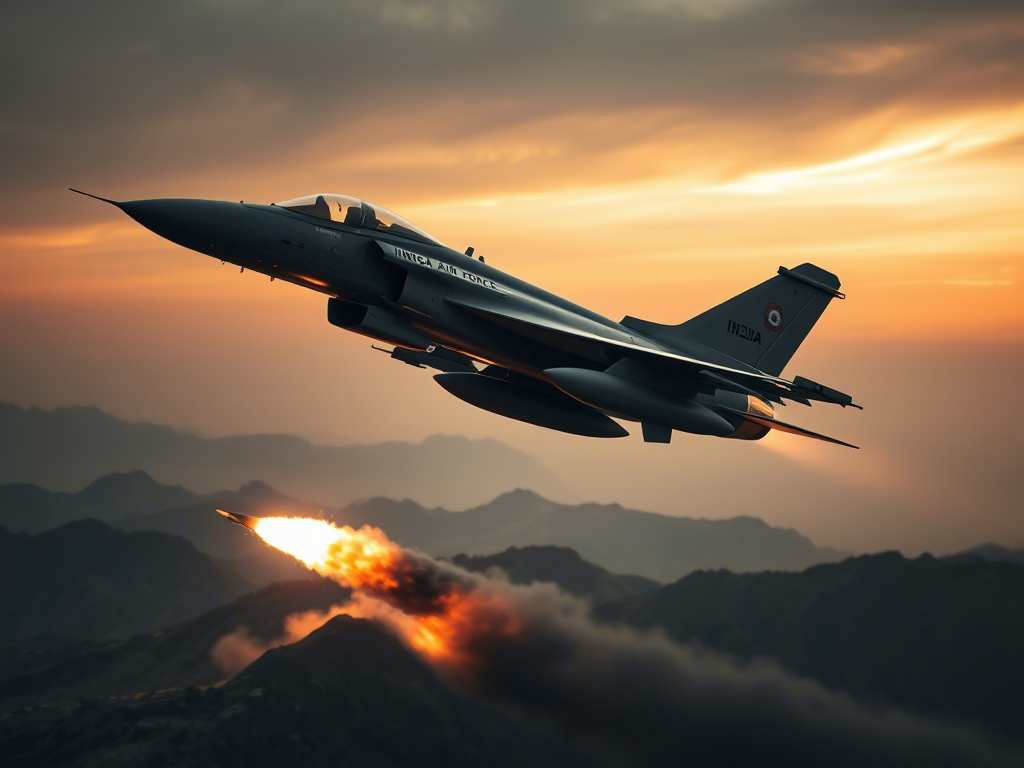Inside India's Precision Strikes: What Really Happened in Those 25 Minutes?

What Went Down in Just 25 Minutes?
Let’s cut to the chase. In one of the most daring cross-border operations in recent years, India zeroed in on nine locations linked to terror outfits like Jaish-e-Mohammed and Lashkar-e-Taiba. The targets weren’t random—they included high-value sites in Bahawalpur, Muridke, and Muzaffarabad.
Now, here's the thing. This wasn’t just about dropping bombs and walking away. These were precision airstrikes. Think laser-guided munitions and pinpoint accuracy. The whole operation? Wrapped up in just 25 minutes.
That’s less time than it takes to finish a cricket match’s powerplay.
Why These Places?
Let’s talk geography and strategy—without sounding like a textbook. Bahawalpur is Jaish-e-Mohammed’s nerve center. Muridke? That’s practically Lashkar-e-Taiba’s HQ. And Muzaffarabad—well, that’s been a long-time launchpad for infiltration attempts.
So yeah, India didn’t pick these names out of a hat. This was a calculated move—aimed at paralyzing command structures, not just rattling windows.
The Bigger Picture
Honestly, it wasn’t just about avenging an attack or scoring political points. These strikes were about shifting the narrative. India was no longer playing defense—it was taking the fight to the source.
And let me tell you—this sent ripples not just across borders, but into diplomatic corridors worldwide. No boots crossed the Line of Control, but the message was loud and clear: If you won’t stop sheltering terrorists, we’ll come find them ourselves.
Quick Recap
- Targets: 9 sites tied to Jaish-e-Mohammed and Lashkar-e-Taiba
- Key Locations: Bahawalpur, Muridke, Muzaffarabad
- Weapons Used: Precision-guided munitions
- Duration: 25 minutes of swift execution
- Goal: Cripple terror infrastructure, not civilians
FAQ: India’s Airstrikes on Terror Camps
Q: Why did India target these specific areas? A: These were major operational hubs of terror outfits planning cross-border attacks.
Q: Were there civilian casualties? A: India claimed the operation was designed to avoid civilian harm by using precision technology.
Q: How did the world react? A: International responses were mixed—some praised the strategic restraint, others urged diplomatic calm.
Final Thoughts
This wasn't just about firepower—it was about intent. Precision, speed, and message all wrapped into one 25-minute chapter of modern Indian military history.


